Turbojet engines are an incredible piece of 20th century engineering that except for some edge cases, have mostly been replaced by Turbofans. Still, even the most basic early designs were groundbreaking in their time. Material science was applied to make them more reliable, more powerful, and lighter. But all of those incredible advances go completely out the window when you’re [Joel] of [Integza], and you prefer to build your internal combustion engines using repurposed butane canisters and 3d printed parts as you see in the video below the break.
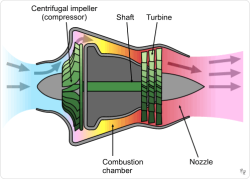
To understand [Integza]’s engine, a quick explanation of Turbojet engines is helpful. Just like any other internal combustion engine, air is compressed, fuel is burned, and the reaction produces work. In a turbojet, a compressor compresses air. Fuel is added in a combustor and ignited, and the expanding exhaust drives a turbine that in turn drives the compressor since both are attached to the same shaft. Exhaust whose energy isn’t spent in turning the turbine is expelled and produces thrust, which propels the engine and the vehicle it’s attached to in the opposite direction. Simple, right? Right! Until the 3d printer comes in.
Sadly for 3d printed parts, they are made of plastic. Last we checked, plastic isn’t metal, and so 3d printing a turbine to give the extremely hot exhaust something turn just isn’t going to work. But what if you just skipped the whole turbine part, and powered the compressor with an electric motor? And instead of using an axial compressor with tons of tiny blades that would likely be impossible to 3d print with enough strength, you went with a sturdy, easy to print centrifugal compressor? Of course, that’s exactly what [Integza] did, or we wouldn’t be talking about it. The results are fantastic, especially considering that the entire machine was built with 3d printing and a home made spot welder.
If you want to build a full jet turbine, we won’t say it’s easy, but you might appreciate this jet turbine whose components include a toilet paper holder as proof that once a technology is understood, it can be built in the worst ways possible and still work. Sort of.
Continue reading “Electric Jet Engine Uses 3D Printed Compressor, Skips The Turbine Altogether.”



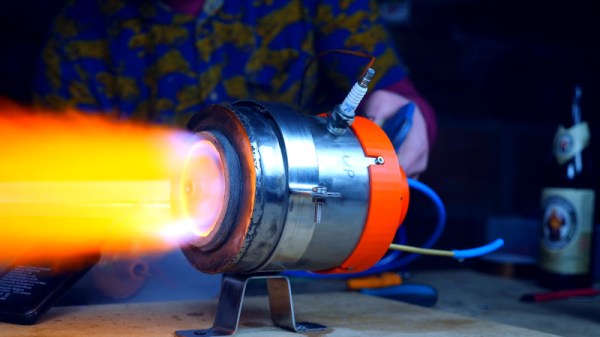
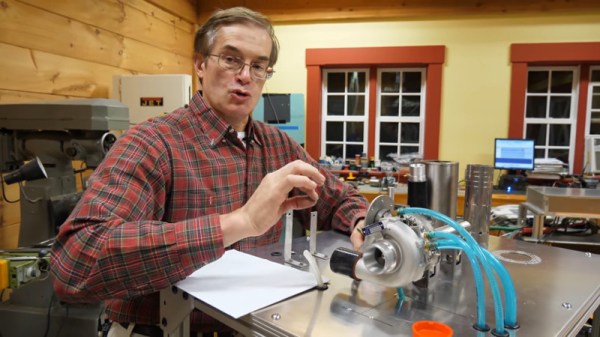


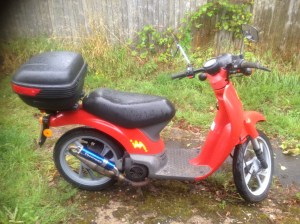
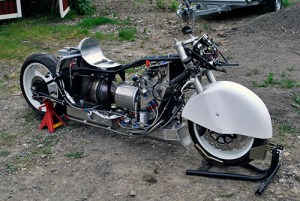

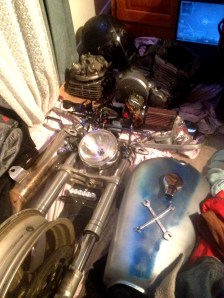 ] rounds out this week’s Hacklet with his
] rounds out this week’s Hacklet with his 











